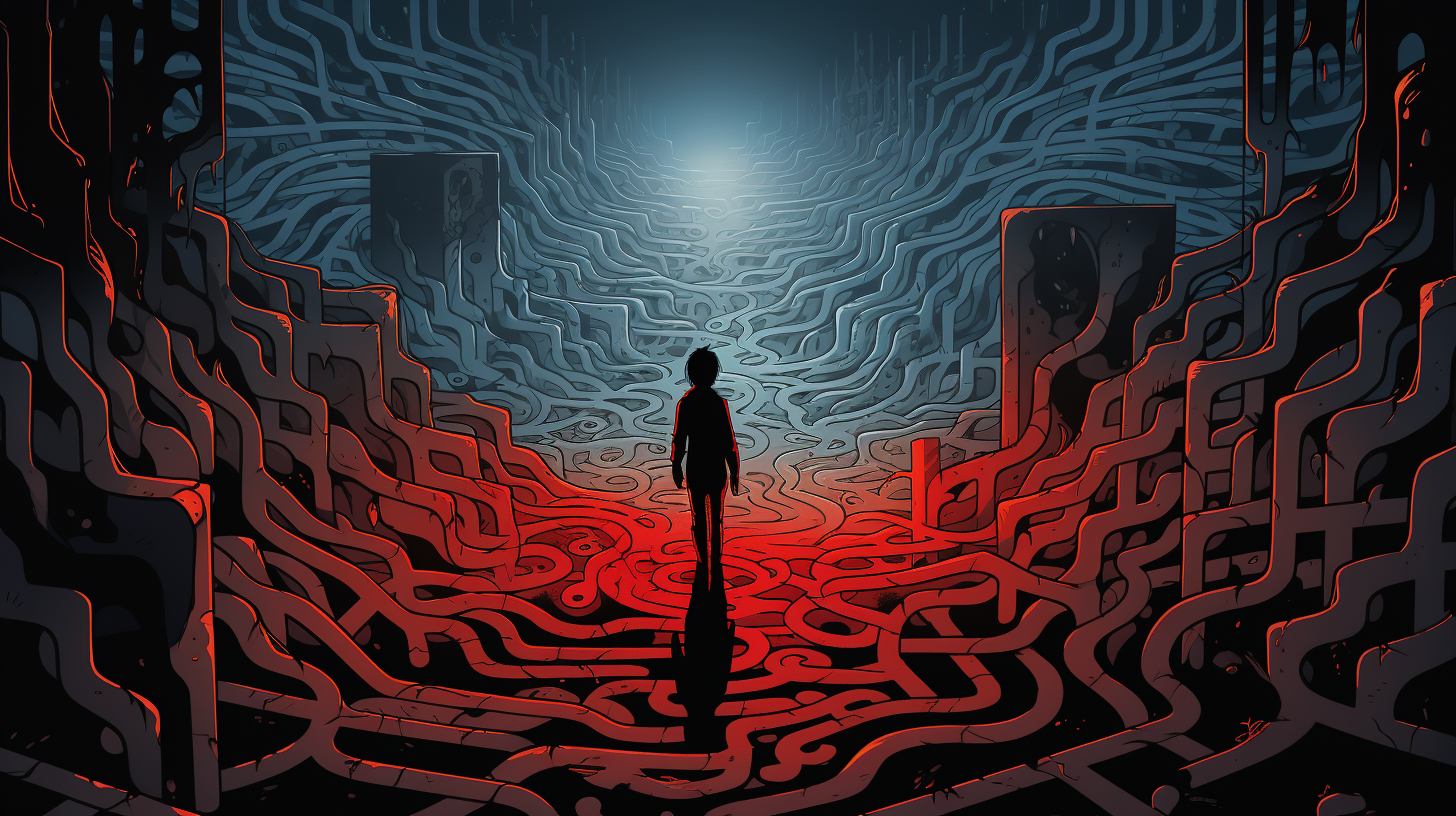Introduction
Embarking on a study of computer science is akin to exploring a vast landscape with diverse terrains. Among these, some of the most significant landmarks are the theoretical frameworks that form the foundation of the field. In this article, we will journey through four of these landmarks: Information Theory, Algorithm Theory, Computational Complexity, and Automata Theory.
These frameworks not only define how we approach problems in computer science but also shape our understanding of what is possible within this field. By grasping these foundational concepts, one can better comprehend the principles that guide the design and analysis of algorithms, the limitations of computation, and the essence of information.
Let’s begin our journey with the first landmark: Information Theory.
Information Theory
Conceived by Claude Shannon in the mid-20th century, Information Theory addresses the quantification, storage, and communication of information. The most fundamental concept in this theory is the ‘bit’ – the basic unit of information. A bit represents a binary choice, such as True/False or Yes/No.
# Python Representation of a bit
bit = 1 # Represents True or Yes
bit = 0 # Represents False or NoFrom the humble bit, we construct more complex data structures that hold more information. This theory plays a significant role in data compression, error detection and correction, and data transmission over networks.
Algorithm Theory
Moving to our second landmark, Algorithm Theory concerns itself with the design and analysis of steps or procedures to solve problems. In computer science, we implement these procedures as computer programs.
# Python representation of a simple algorithm
def sum_of_numbers(n):
total = 0
for i in range(1, n+1):
total += i
return totalThis function represents an algorithm to calculate the sum of the first ‘n’ natural numbers. The algorithm theory helps us in creating efficient procedures and predicting their performance.
Computational Complexity
Our third landmark, Computational Complexity, ties closely with Algorithm Theory. This field studies the efficiency of algorithms in terms of time and space. It categorizes problems based on their inherent difficulty, represented as time and space complexity.
A common way to express time complexity is using Big O notation. For example, our ‘sum_of_numbers’ function has a time complexity of O(n), meaning the time it takes grows linearly with the input size ‘n’.
# Python function with time complexity of O(n)def sum_of_numbers(n):
total = 0
for i in range(1, n+1):
total += i
return totalAutomata Theory
Lastly, we arrive at the intriguing landmark of Automata Theory. It forms the backbone for understanding computation and machines. In essence, it studies abstract machines and the problems they can solve.
The most basic automaton is a Finite State Machine (FSM), which is a model of computation based on a hypothetical machine made of one or more states. Only a single state can be active at a time, so the machine must transition from one state to another to perform different actions.
# Python representation of a simple FSM
class LightSwitch:
def __init__(self):
self.state = 'OFF'
def switch(self):
if self.state == 'OFF':
self.state = 'ON'
else:
self.state = 'OFF'In the above Python code, a simple FSM representing a light switch is defined. The light switch can be either in the ‘ON’ or ‘OFF’ state, and it transitions between these two states based on the ‘switch’ action.
Automata Theory underlies many areas of computer science, including compiler construction and formal verification. It is also a gateway to more advanced topics such as computability and complexity theory, providing a framework for answering deep questions about what computers can and cannot do.

These foundational theories together form a backbone for understanding and exploring the vast field of computer science.
Conclusion
In conclusion, Information Theory, Algorithm Theory, and Computational Complexity form the bedrock upon which computer science stands. Understanding these theories not only provides a solid foundation for your studies but also opens up pathways to deeper exploration.
While this guide serves as a starting point, the journey of learning is never-ending. Continue to explore, delve into these theories, and discover how they apply to real-world scenarios. The beauty of computer science lies in the intricate interplay of these theories, which you’ll come to appreciate as you dive deeper into the field.





